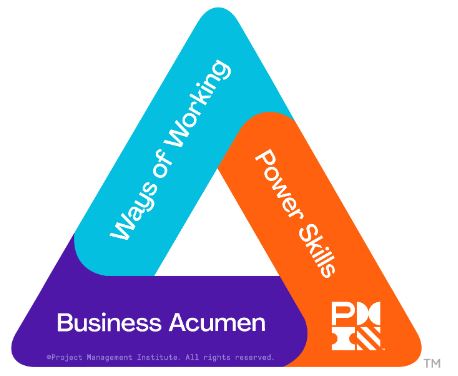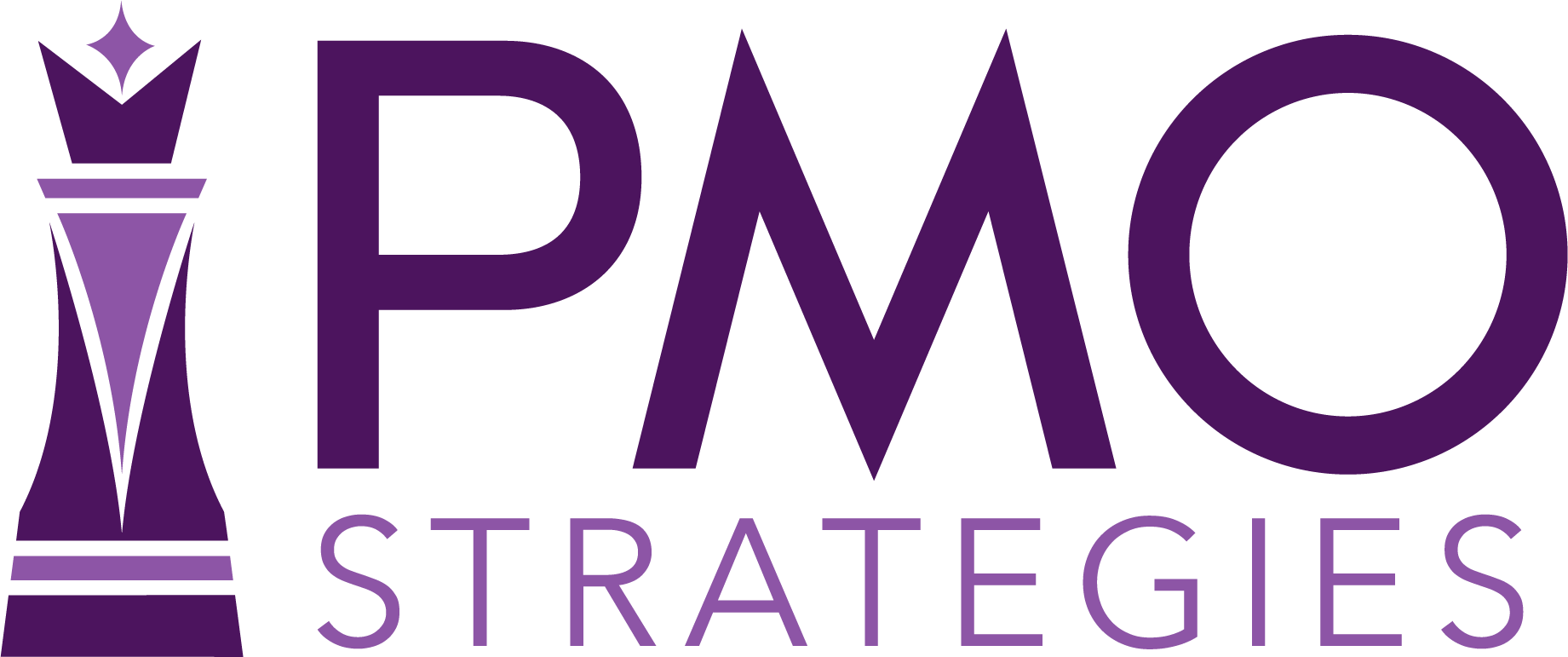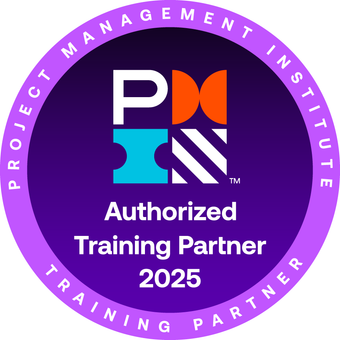Welcome to the PMO Strategies Podcast + Blog, where PMO leaders become IMPACT Drivers!

PMI Talent Triangle: Power Skills
Every great leader starts with clarity, confidence, and a team that can operate without constant supervision. Yet too many PMO and transformation leaders spend their days chasing fires instead of setting direction, leading to long hours, constant interruptions, and teams that rely on them for every decision.
It’s not a lack of skill or effort that keeps them stuck. It’s the habit of being rewarded for saving the day. That cycle builds dependence instead of accountability, and it drains the time needed for the work that truly matters.
In this episode of the PMO Strategies podcast, I’m joined by Jimmy Burroughes, high-performance leadership expert, host of The High Performance Leader Podcast, and author of Beat Burnout, Ignite Performance and Escape the Multitasking Trap. We discuss how to shift from firefighting to strategic leadership by reclaiming 6+ hours each week, empowering your team to lead itself, and building systems that drive lasting IMPACT.
How Strategic Leadership Reclaims Time and Trust
True leadership doesn’t start with longer hours or tighter control. It starts with clarity, trust, and the confidence to let go.
As Jimmy explained, the strongest leaders don’t measure their value by how many fires they put out. They build teams that can think, act, and deliver without constant direction. When you stop being the firefighter and start being the icebreaker, you create space for others to lead, and that’s where performance accelerates.
That shift changes everything. When people understand the purpose behind their work, they stop waiting for answers and start taking ownership. They connect their actions to strategy, build trust, and make better decisions without extra oversight.
Even high-performing teams need space to grow. When leaders stop rescuing and start coaching, they create a cycle of confidence and accountability that sustains itself. Energy returns, time expands, and progress starts to feel natural again.
Here’s how that kind of leadership transformation plays out in practice:
Clarity replaces control.
Teams move faster when leaders define outcomes, not every step. Clear expectations free you from micromanagement.
Confidence fuels empowerment.
When you trust your team to handle challenges, they rise to meet them. Growth comes from guidance, not constant intervention.
Coaching builds capability.
Small course corrections and feedback moments build stronger, more self-sufficient teams over time.
Focus drives results.
Reclaiming six hours a week isn’t about doing less. It’s about directing your energy toward what matters most.
Trust creates IMPACT.
When teams operate confidently and leaders step back, time, quality, and collaboration all improve together.
Lead Like an Icebreaker, Not a Firefighter
Many leaders talk about accountability, empowerment, and ownership, but few stop to ask what those things really look like in practice.
We tell our teams to “step up” or “take initiative,” but that’s hard to do when we’re still rescuing them every time something goes wrong. True leadership isn’t about doing more, it’s about creating the environment where others can do their best work.
As Jimmy Burroughes explained, great leaders aren’t the ones constantly pulling the net out of the water. They’re the ones breaking the ice ahead of the ship so their teams can move forward without them having to steer every step. Here’s what that shift looks like in action.
1. Clarity creates confidence.
When people know what success looks like, they stop waiting for direction and start making decisions that move the work forward. Jimmy shared that too many leaders “hold on to the map” instead of letting others help navigate. Clear goals and shared direction turn hesitation into progress and build confidence across the team.
2. Coaching replaces control.
Leaders who guide instead of rescue build teams that can think, act, and deliver without constant oversight. Coaching means helping people understand how to solve a problem, not solving it for them. It’s about asking questions, offering perspective, and giving them the chance to learn while you stand beside them, not in front.
3. Trust fuels accountability.
When you give people room to learn and recover from small mistakes, they take ownership instead of relying on you to fix everything. Jimmy said, “Let them graze their knees, not break their legs.” That space for learning is what builds resilience, trust, and genuine accountability.
4. Energy drives focus.
You can’t lead strategically when you’re constantly exhausted. Jimmy challenged leaders to protect their time and energy because “if you want to be faster and better, rest more.” Focus isn’t found in long hours but in moments of recovery that keep your mind clear and your decisions intentional.
5. Rest strengthens performance.
Performance doesn’t come from running harder. It comes from rhythm, recovery, and sustainable habits. The most effective leaders schedule time to pause, think, and recharge so they can return to work with perspective and purpose.
6. Empowerment builds momentum.
When leaders step back and create the right systems, their teams start to lead themselves. Jimmy’s icebreaker analogy shows that empowerment happens when you clear the path so others can move freely. Progress compounds when people don’t need to wait for permission to take the next step.
7. Reflection sustains growth.
Even experienced leaders fall back into firefighting when things get tough. What matters is noticing the pattern and resetting. Reflection turns experience into awareness, and awareness turns effort into improvement. Every pause is a chance to lead with more intention next time.
Lead Before the Fire Starts
The leaders who make the biggest IMPACT aren’t reacting to chaos. They’re setting direction early, creating calm, and helping others focus on what matters before the next spark appears.
Leading with intention isn’t about working harder. It’s about slowing down long enough to see the real priorities, using your time and energy differently so your team can lead without constant supervision.
If you recognize yourself in this conversation, the question now is how you’ll put this mindset to work inside your own team. That might mean taking time to define success before starting the day, giving your team space to own decisions, or building a rhythm that values rest as much as results.
You can start today by making strategic leadership a daily habit—protecting your focus, delegating with clarity, and coaching instead of rescuing. The more you practice leading like the icebreaker instead of the firefighter, the more confident and capable your team becomes.
The earlier you make that shift, the faster you’ll see the benefits: more time, more trust, and a team that moves forward with purpose.
👉 Click play above to learn how to break free from firefighting, reclaim your time, and lead with clarity, confidence, and lasting IMPACT.

Connect with Jimmy:
Follow Jimmy on LinkedIn
Access The High Performance Leader Podcast
P.S. Lead with simplicity and focus this year by surrounding yourself with the ideas, insights, and leaders shaping the future of strategy delivery. The PMI Global Summit 2025 will equip you with the tools, strategies, and connections to deliver measurable IMPACT. Join us November 12–15 in Phoenix, AZ—and don’t miss Laura’s session on Thursday! Stop by the PMO Strategies booth to say hello, earn some free goodies, and even get your copy of The IMPACT Engine personally signed by Laura. Click here to register. 🚀
T hanks for taking the time to check out the podcast!
hanks for taking the time to check out the podcast!
I welcome your feedback and insights!
I’d love to know what you think and if you love it, please leave a rating and review in your favorite podcast player. Please leave a comment below to share your thoughts. See you online!
Warmly,
Laura Barnard









